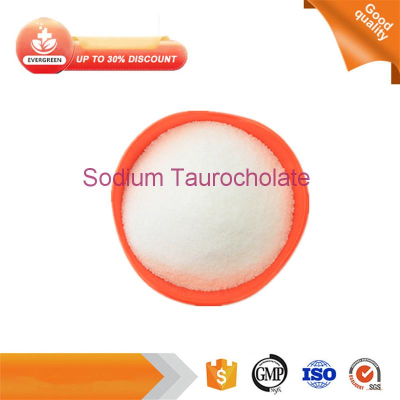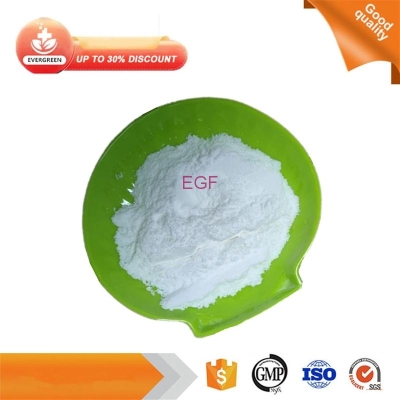-
Categories
-
Pharmaceutical Intermediates
-
Active Pharmaceutical Ingredients
-
Food Additives
- Industrial Coatings
- Agrochemicals
- Dyes and Pigments
- Surfactant
- Flavors and Fragrances
- Chemical Reagents
- Catalyst and Auxiliary
- Natural Products
- Inorganic Chemistry
-
Organic Chemistry
-
Biochemical Engineering
- Analytical Chemistry
- Cosmetic Ingredient
-
Pharmaceutical Intermediates
Promotion
ECHEMI Mall
Wholesale
Weekly Price
Exhibition
News
-
Trade Service
1.
Pepsinogen (PG) is a precursor of pepsin, according to its biochemical properties and immunogenicity it is divided into 2 subpopulations, 1 to 5 components of the same immunogenicity, called pepsinogen I.
Normally, about 1% of PG enters the blood circulation through the capillaries of the gastric mucosa, and the PG that enters the blood circulation is very stable
Second, gastric cancer early warning indicators - pepsinogen (PG) detection
1.
Stomach cancer is one of the common malignant tumors in China, its case fatality rate ranks first among various malignant tumors, and its early diagnosis and early treatment have become the only way to improve the quality of life of patients and reduce the case fatality rate.
The current view is that partial atrophy can be reversed, and once it enters intestinal metaplasia, it is difficult to reverse
When the fundus gland atrophises, the number of master cells decreases, the level of PGI decreases; Due to the large number of secretory PGII cells, PGII.
2.
The occurrence of stomach cancer is the result of
Therefore, active hp testing has become one of the important measures for the prevention and treatment of stomach cancer
Hp infection also significantly affects serum PG levels, at the beginning, PGI.
Third, the results of pepsinogen I.
Fourth, the "pepsinogen" test results are misunderstood:
Myth 1: If only PGI is measured during the physical examination, nearly 70% of the results are 40~70ng/mL, and the surface looks lower than 70ng/mL, which is suspected of gastric atrophy, but the results are difficult to interpret
Myth two: PG positive is "stomach cancer theory": positive is representative of the high-risk population
Myth 3: Only pay attention to the change of the reference range value of PGI.
V.
Our neighbor, Japan, also a country with a high incidence of stomach cancer, has done a very good
job in early cancer screening.
Their screening strategy for early cancer focuses on two controllable factors: Hp infection and whether or not there is atrophy of the gastric glands
.
The Kyoto Consensus of Japan has made the following recommendations for the national early cancer screening strategy: First for Hp infection, the Kyoto Consensus for Hp infection, emphasizing "shooting and killing", killing everyone, eradicating Hp, and then evaluating
PG.
The PGI.
/PGII.
ratio ≤3.
0 as the diagnostic cut-off value for atrophic gastritis and as a criterion for screening people at high risk of
gastric cancer.
Sixth, the task is heavy and the road is long - China's early cancer screening strategy:
Chinese population base is large, and the incidence of gastric cancer is also high, so it is imperative to find easy and accurate and effective gastric cancer screening methods
.
The 2017 Chinese Consensus Opinion on Chronic Gastritis highly affirmed the value of PG, and the guidelines gave the following recommendations: serum pepsinogen (PG) I.
and II.
and gastrin-17 testing may be helpful in determining the presence and extent of
gastric mucosal atrophy.
Serum PGI.
, PGII.
, PGI.
/PGII.
ratios combined with anti-Hp antibody testing are helpful for risk stratification management
.
The "Expert Consensus Opinion on early gastric cancer screening process in China" released at the end of 2017, while affirming the value of serum PG, further proposed a new gastric cancer screening scoring system, in which advanced age, male, Hp antibody positivity, low pepsinogen ratio (PGR), and high serum gastrin 17 (gastrin-17, G-17) levels were used as high-risk factors
for gastric cancer.
Among them, the G-17 is a new project
of the China Guide.
G-17 is an amidolyzed gastrin synthesized and secreted by gastric angus G cells, whose main physiological function is to stimulate gastric acid secretion and promote proliferation and differentiation
of gastric mucosal cells.
G-17 is one of the sensitive indicators reflecting the endocrine function of the antrum, which can indicate the atrophy of the antrum mucosa or whether there is abnormal proliferation, and G-17 itself also promotes the occurrence and development of gastric cancer
.
Elevated serum G-17 levels may indicate a risk
of stomach cancer.
In addition, unlike the Kyoto consensus, the Consensus of China for the first time put forward a threshold value for serological detection suitable for the Population of China: that is, when the PGR < 3.
89, G-17> 1.
50 pmol/L, the risk of gastric cancer is significantly increased
.
The Kyoto Consensus defines a PGR threshold of ≤3
.
In view of the level of points, the guidelines divide the population into low-risk, medium-risk and high-risk groups, and give screening strategies
.
But at the same time, we should also see the shortcomings of the Chinese guidelines, screening populations ≥ 40 years old, and have a high incidence of gastric cancer, Hp infection, previous gastric precancerous diseases, gastric cancer patients first-degree relatives, diet and other risk factors
.
However, at present, the age of gastric cancer onset is getting earlier and earlier, and I believe that the future will definitely enter the national census stage
.
In summary, serum PG combined with Hp detection helps to assess the risk of gastric cancer and can be used as a routine gastric cancer screening method for ordinary people, but it cannot replace gastroscopy, and gastroscopy is still highly recommended for high-risk groups
.
: ,
。 Video Applet Like, double tap to cancel Like in Watch, tap twice to cancel Watch







